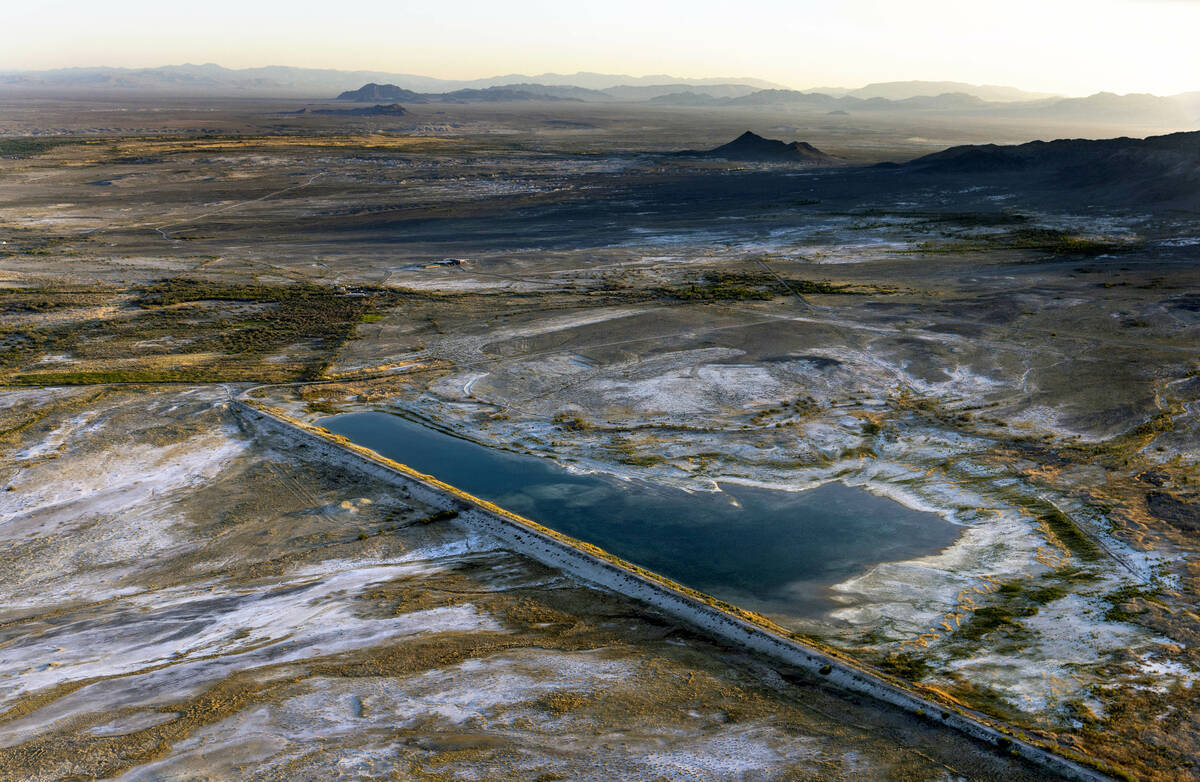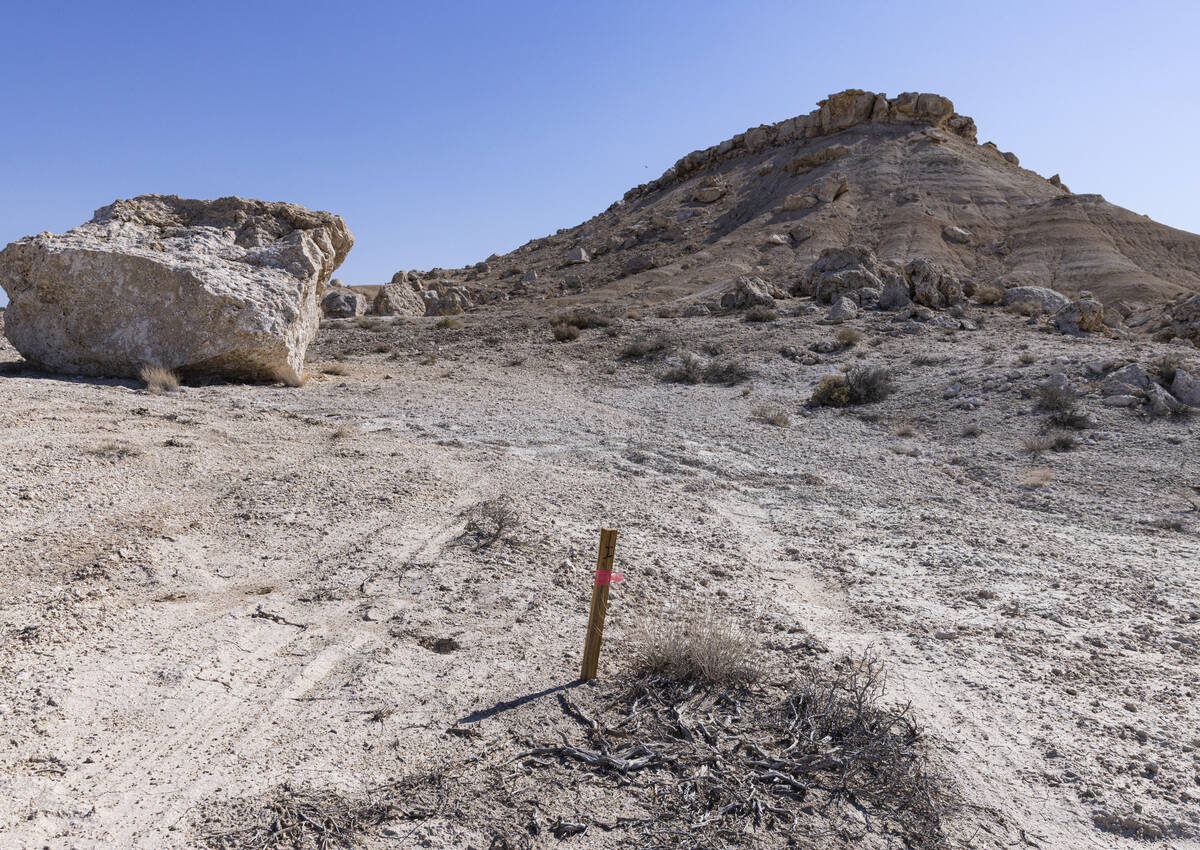As wells dry up near Ash Meadows, another mine could be on its way
A Nevada town concerned about water has sent a clear message that mining is not welcome near the biodiversity hub of Ash Meadows National Wildlife Refuge.
But not long after federal land managers began considering whether to block new mining claims near the refuge, a mining company has again knocked on the community’s door. Just across the California border, this month the Trump administration greenlit exploration for clinoptilolite, a zeolite mineral used for wastewater treatment, odor control and more.
St. Cloud Mining, which operates an existing mine nearby that was approved in 1987, can now move forward and drill 43 holes about 3 miles from the refuge line — something the Bureau of Land Management determined would have “no significant impact” on the environment. Most aren’t buying that.
“Trying to put a mine here is where they’re going to run into the serious difficulties,” said Patrick Donnelly, Great Basin director at the Center for Biological Diversity, a nonprofit that regularly files litigation to halt what it believes are poorly sited projects on public land. “Fine, you can poke a bunch of holes in the ground, but when you try to put an open pit mine across the street from Ash Meadows, there’s going to be trouble.”
The wildlife refuge is home to 12 federally protected species and 26 species that live nowhere else in the world. They thrive in delicate, crystal blue springs. That includes the Devils Hole pupfish, thought to be the rarest fish species in the world.
Residents in nearby Amargosa Valley and Beatty, already experiencing issues with domestic groundwater wells, have repeatedly spoken out against new mining or solar projects, most notably Rover Critical Minerals’ exploration for lithium.
When reached by phone, a representative from St. Cloud Mining said it would decline any and all media requests regarding any of its projects.
Fragile aquifer system
Donnelly, along with much of the coalition that sounded the alarm about lithium exploration, plan to submit a protest letter to the California BLM director Joe Stout by Aug. 8.
While the director reviews the request, any drilling must cease for 21 days, though nothing had been done as of Tuesday, Donnelly said. If the request is denied, it can be appealed to the Interior Department’s Board of Land Appeals, or the environmental review could be the subject of a lawsuit.
Though exploration won’t use much water, Donnelly is concerned the flow of the aquifer that serves towns and the refuge could be altered.
“There is the continued concern that, just like with Rover, that they could puncture the aquifer and hit uncontrolled artesian flow,” Donnelly said.
Instead of pumping groundwater, the company plans to truck in between 20,000 to 40,000 gallons of water from either the Longstreet Inn Casino in Amargosa Valley or Wolfenstein Construction in Pahrump, according to BLM documents.
The company will drill holes no more than 200 feet deep and can only disturb one acre 0n the surface, with a plan to fill them and replant seeds after exploration is completed. As required by the National Environmental Policy Act, any further construction on public land must be reviewed for possible environmental impacts, with opportunity for public comment.
Mineral withdrawal still pending
The zeolite exploration is only a few miles outside of a proposed area where the BLM might forbid any new mineral claims from being established.
A so-called mineral withdrawal process is underway at the insistence of advocacy groups and local residents. It’s unclear whether such a proposal will clash with President Donald Trump’s “energy dominance” agenda of getting mines approved quickly by tightening environmental reviews.
Mason Voehl, campaigns director for the desert preservation nonprofit Amargosa Conservancy, said his organization will continue to be engaged in any further environmental review processes should a full-blown mine be proposed.
“The linchpin of all of it is the hydrology,” Voehl said. “We’re hoping that through the review process, they take a much harder look at the hydrology and what our existing models show. They should treat this with more care and consideration than they have so far.”
Contact Alan Halaly at ahalaly@reviewjournal.com. Follow @AlanHalaly on X.























